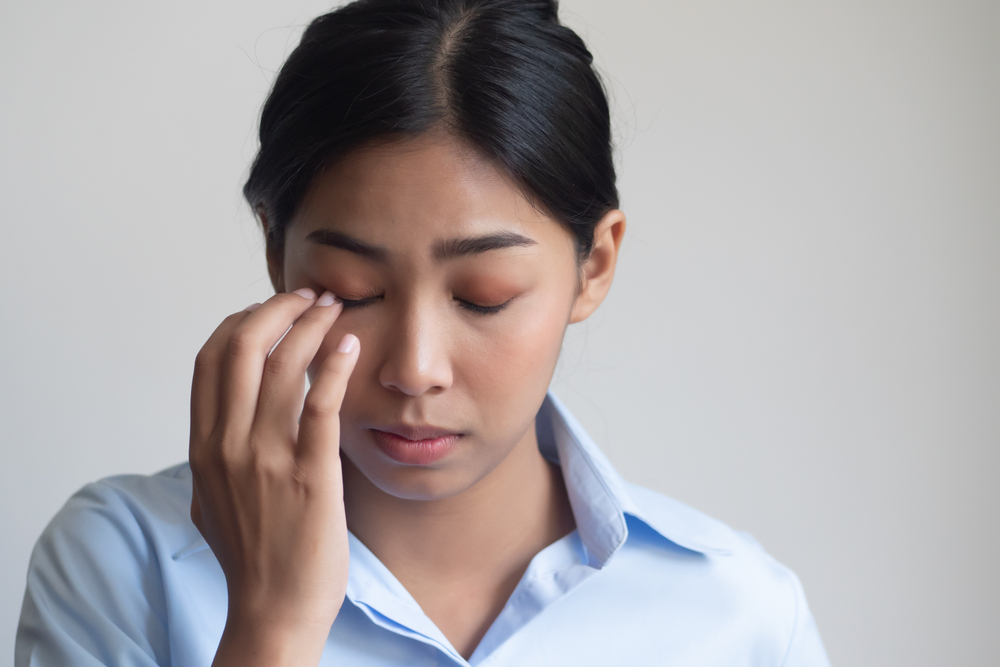
According to the American Academy of Ophthalmology, allergies and dry eye syndrome are common eye conditions that many people experience. People tend to have difficulty in distinguishing one from the other. Studies show that both eye issues can even affect your eyes at the same time. If this happens, their symptoms could get even worse. If you want to find out whether you are suffering from allergies or dry eyes, here’s what you should know.
Allergies
Experts say that common eye allergies are drug-induced dermatoconjunctivitis, vernal keratoconjunctivitis, perennial or seasonal allergic conjunctivitis, and atopic keratoconjunctivitis. Here are some concepts about eye allergies that can help spot them:
Presence of histamine. This is the primary factor that can create a vast range of optic allergic symptoms like tearing, itching, chemosis, redness, and swelling of the eyelids. Among these symptoms, itching is the most important symptom that you should note. Itchiness means allergy.
Affects isolated areas. In case you have a drug-induced eye allergy, the swelling and redness will only occur on the site where the drug was applied.
Dependent on triggers. Substances like dust, animal dander, pollen, ragweed, grass, molds, and trees always trigger eye allergies. Your symptoms may start to flare up when you are around animals, mow the lawn, or go for a hike.
Dry Eye Syndrome
This eye condition is defined as a deficiency in at least one of the three layers of your tear film. Excessive evaporation or underproduction of tears may cause this. Below are some factors that can help determine if what you are having is dry eyes:
Related to meibomian gland dysfunction. If you have this condition, then you are experiencing lipid layer dry eye syndrome.
Influenced by old age. This is the main factor in the occurrence of aqueous-deficient dry eye syndrome. It is caused by the reduction of aqueous humor.
Challenging to identify. Eye care providers usually have difficulty in identifying dry eyes. The signs usually don’t match the symptoms. The patient may complain about a symptom, such as severe straining, but has no physical symptoms. Experts believe that this may be due to corneal sensitivity due to dry eye.
Specific symptoms. You may experience stinging, dryness, blurred vision, foreign body sensation, burning, photophobia, and grittiness. Tearing can also happen in the dry eye because of reflex tearing from specific stimulations from the environment.
Blink rate is slow. To replenish your tear film, you should blink often. Factors such as stress, weather, activities, and physical exertion can influence your blink rate. When your blinking slows down, your tear film evaporates more quickly. This results in a dry eye.
Itchiness from the presence of histamine sets eye allergy apart from dry eye. Through a comprehensive diagnostic exam, your eye care specialist can finalize what you truly have. At Primary Vision Care, we aim to provide proper diagnosis and treatment for all our patients. Please visit our clinics in Mount Vernon, Wilmington, Newark, Waynesville, and Lancaster, Ohio, for an in-person consultation. You can contact us by dialing 740-393-6010 (Mount Vernon), 937-382-4933 (Wilmington), 740-299-1155 (Newark), 513-897-2211 (Waynesville), or 740-654-9909 (Lancaster). We can help schedule your appointment or answer your questions about our allergy and dry eye treatment packages.







